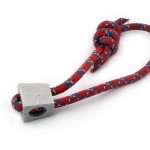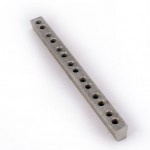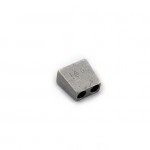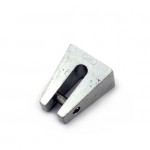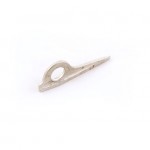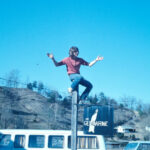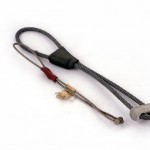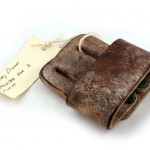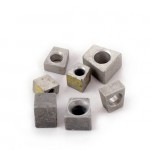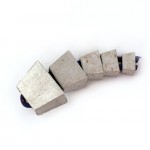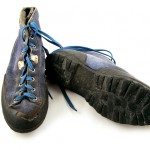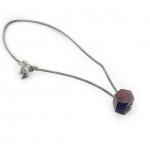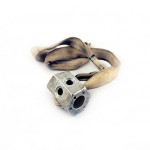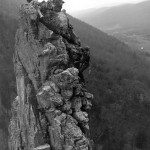In 1966, George Livingstone put up Seneca’s first 5.10, Madmen Only. At this time a 5.10 rating was considered the end of the Yosemite Decimal Rating system and the hardest possible free climb. While other climbing areas began establishing ratings of 5.11 and 5.12, Seneca climbers resisted. As a result, many of the routes rated 5.10 by Seneca standards would be considered 5.11s in other areas. There is now a saying “If you can climb a 5.10 at Seneca, you can climb a 5.10 anywhere.” Finally, though, in 1971, the highly respected climber John Stannard established what was agreed upon as the first 5.11, Totem.
During this time the use of harnesses and belay devices such as sticht plates started to phase out the hip belay. In the book “Advanced Rockcraft” (1973), Royal Robbins describes the pros and cons of the sticht plate. He explains that they are a “more complicated way to belay, and involves carrying an extra piece of equipment,” but they are useful because they allow “a light person to hold a heavy one in a fall involving little friction.”
Also in 1971, John Markwell started a makeshift shop, The Gendarme, selling climbing gear out of the trunk of his car. The shop moved to a small building off Route 28 and eventually behind the Harper’s General Store, where it resides today. The Gendarme helped encourage a small group of climbers to take up permanent residence in Seneca and foster a local climbing community. These climbers were emotionally invested in the preservation of Seneca and worked hard to establish safety standards and outline the area’s climbing ethics.
Climbing was slowly growing in popularity. While it was by no means a mainstream sport, there were enough climbers that they were beginning to have a negative impact on the rock. Continual hammering in and removal of pitons was eroding cracks and ensuring that classic climbs would be lost for future generations.
The result was a push towards “clean climbing,” or the use of protection that was removable and nondestructive to the rock. West Coast climbers Doug Robinson, Youvon Chouinard and Tom Frost were pivotal figures in this movement and in 1972 published the “Clean Climbing” issue of the Chouinard Equipment catalog, urging climbers to help preserve the rock.
After the “Clean Climbing” catalogue came out, it was almost impossible to find a piton or hammer on a Seneca climber’s rack. The nature of Seneca’s geological formation created cracks that tended to form constrictions, which were perfect for the placement of removable chocks such as hexes and nuts.
- Slung Nut
- Uncut nuts, ca. 1972
- Unslung Chouinard Stopper
- SMC Stopper
- Custom Made Piton
- Jim Nigro at the Gendarme. Photo Credit: Steve Williams
- Peck Crackers, ca. 1970
- Holster
- Nuts
- Gendarme Nuts, ca 1972
- Royal Robins climbing shoe, ca. 1969
- Howard Doyle. Photo Credit: Steve Williams
- Hex
- Markwell Hex
- Dr Ed David, 1966


